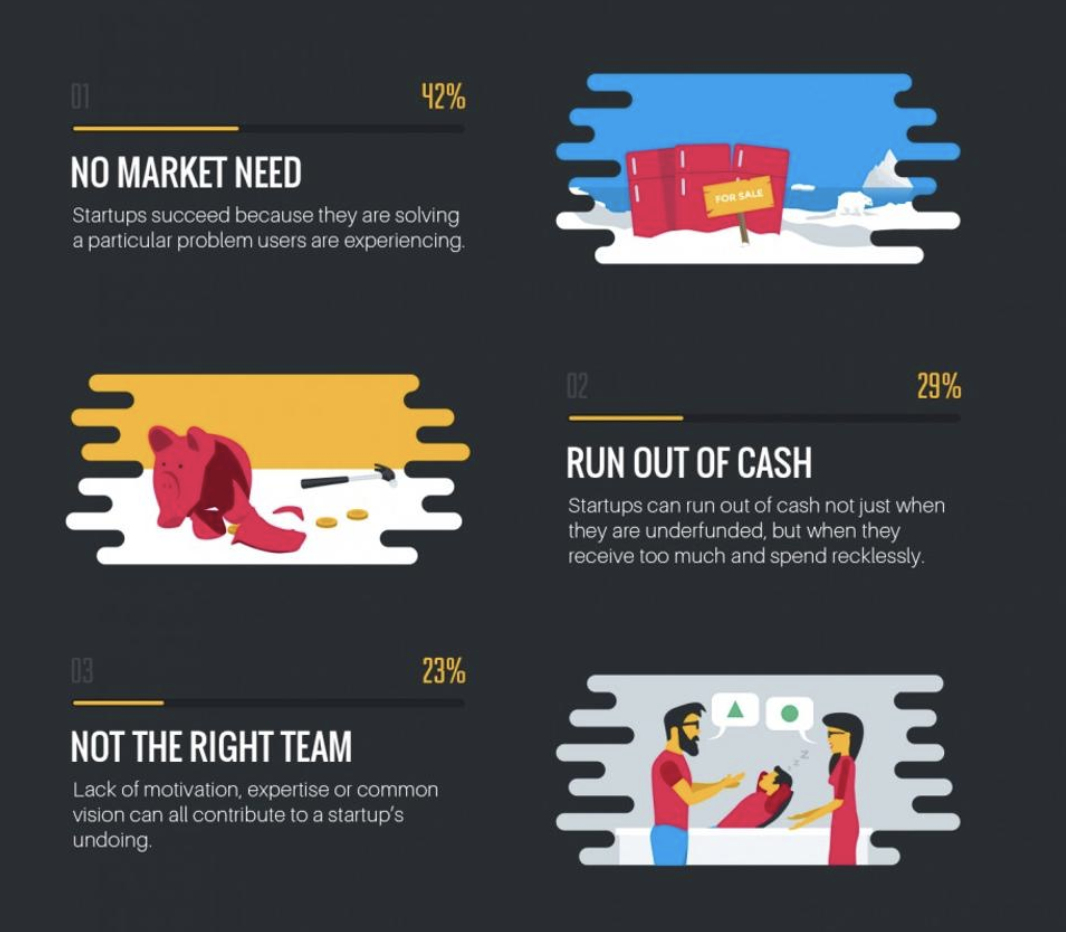One of the things that business school never prepares you for is the startup grind. Believe me, it’s a grind. Ups, downs, the elations and lows come slathered with the reminder that every step forward takes more effort than the step before. Startups are the ground pounding big man upfront run game that can make watching a football team boring, but will make that football team a real contender for the Super Bowl. In between the grinding out are the long passes, the pitches and the sales. The excitement of watching that ball sail through the air and excitement when the ball is caught for a 20 yards play is undeniable.
The passes make the highlights and play reels on both sport shows and in the minds of people not actively grinding it out every play. Like the passes, the ease of a pitch, or how easy it was to meet this investor or that senior champion at a target company is the only thing that plays in the minds of would-be entrepreneurs. Sure, at heart they know that the grinding ground game is part of the strategy, but it’s not what excites them. It’s not what they remember. They remember running downfield and catching a ball for 20 yards. They remember moving the chains in one play and how they felt: “That was easy!”
Source Forbes Magazine
That refrain is what kills startups. According to Fortune Magazine, 23% of startups fail because they have the wrong team. Forbes goes even further and analyzes the top 20 reasons why startups fail. Shockingly, the only two failure factors that beat “Not the Right Team” are “No Market Need” and “Run Out of Cash”! While data is not available as to what specifics “Not the Right Team” entails, anecdotal information from founders who have stated this as a reason for closing down their startup do not highlight the lack of technical capability but rather that the founder fit was not there. Whether that be they differed on the vision of the startup or what each was willing to put in to the startup to make it a success, the end result was a shuttering of the startup.
So what is to be done? The truth in the startup life is also true in football, some players are ground and pound players and others run down the field for a catch. The question is, how do you make them work together in concert with one another so that they are leveraging each other and thereby reduce the chance of startup failure?
1. Find the right co-founder: Your co-founder can be a ground and pound player while you are out there catching balls, but you both need to understand each other’s roles, responsibilities, and amount and resources that you are both going to put into the company. This is most easily accomplished in writing so that there is minimal confusion.
2. Solidify your startup’s mission at the beginning: This does not mean that your product and company might not pivot, rather there is an underlying reason why you are forming your startup. At Health Hat, our mission is to “Save the practice of medicine by fixing the business of medicine”.
3. Write a Business Plan: I know that Business Canvasses are all the rage. Sure they’re great and you’re right, the Business Plan in its entirety is 99% of the time wrong on major points. However, the Business Plan is a forcing mechanism to do in-depth customer validation, market research, and business model planning.
4. Set milestones to achieve: While no founder gets into a startup to fail, there is a serious chance that failure will happen. Set milestones with dates for your startup to achieve. These will remind you where you planned on going and how you had previously defined success. If the milestones need to change slightly or be pushed back slightly that is fine, however major changes and disruptions should make you relook at your thesis for startup.
5. Create a visual scoreboard: Help your co-founder and founding team understand the ground and pound game that needs to happen and also the catches that the run game set up to become the highlight reels.
Connect with Joshua on LinkedIn
Follow Josh on Twitter @alertingmainst

